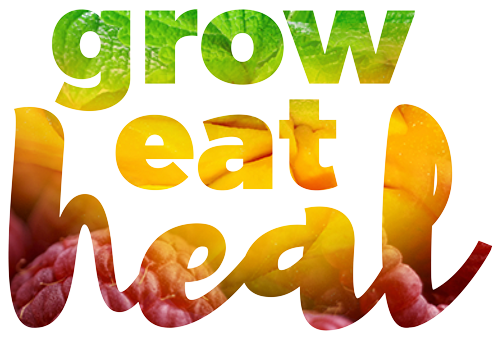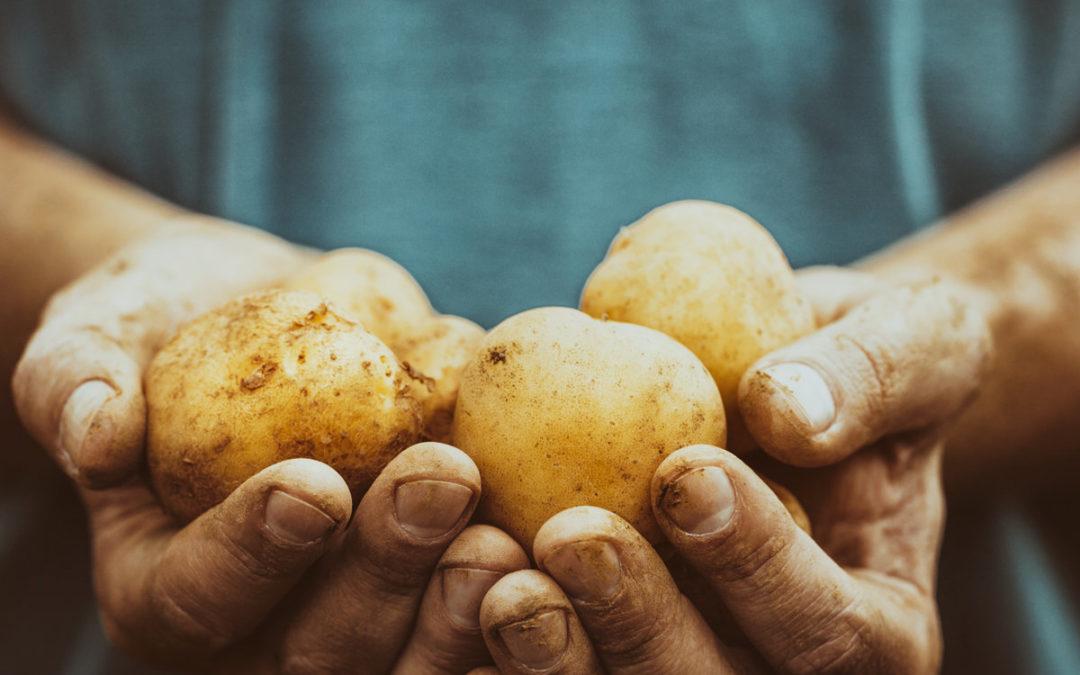Got dry hair or skin? It could be due to potassium, or lack of it
Hear the word potassium, and most of us probably think bananas. And while it’s true that bananas are certainly very high in potassium – according to the USDA this tasty meal in one contains around 422 mg in each medium-sized fruit – they are by no means the only way (or even the best way) to get this important mineral into your system.
But before we start looking at how to get enough potassium each day, let’s talk about what potassium is and what it does for us.
What is potassium?
Potassium is one of the most important minerals in the body. Along with chloride and sodium, potassium is a vital electrolyte: minerals in your blood, urine, and bodily fluids that contain an electric charge.
Electrolytes are what cells use to communicate with each other, so potassium provides a myriad of functions, including the maintenance of normal body growth, breaking down of carbohydrates, building of proteins, proper functioning of the heart and kidneys, lowering of blood pressure, protection against strokes, and enabling growth of muscle tissues. Because it regulates fluid balance potassium is especially important for maintaining hydrated skin and healthy hair.
How do we get potassium?
Potassium is an essential nutrient because your body can’t produce it. Therefore, we need to get it through diet. The recommended daily needs, also known as the Daily Value (DV), for healthy adults is 4,700mg, and if you’re not getting enough potassium, it could lead to fatigue, muscle cramps, heart palpitations, dizzy spells and dry hair and skin.
Mainly regulated by the kidneys, potassium is primarily lost in urine, but you will also lose potassium when you sweat, so it’s a good idea to keep your potassium intake up over the summer months.
Fortunately, this mineral is readily available in foods like bananas, avocados, watermelon, beets, beans, potatoes, and salmon, so it’s very easy to get enough potassium into your body through the foods you eat.
If you’re worried about dry hair or skin, you can adjust your diet to make changes from the inside-out. So, why not incorporate some of wonder foods into your diet to ensure you’re getting enough potassium, starting with the humble and often maligned potato.
Potassium power packs
Yes, the poor old potato often doesn’t get as much nutrition attention as it deserves.
One medium potato delivers 610 mg of potassium, or roughly 17% of the daily value (DV). That’s about 40% more potassium than you’ll find in a banana, which only contains 422 mg, or 9% DV.
However, one single baked potato (with the skin on as much of a potato’s potassium is in the skin) can deliver over 1,000 milligrams of potassium, which is twice what a single banana can bring to the party. Top it with some non-fat yogurt, which also contains potassium, and green onions and you get a relatively low-calorie and heart-healthy side dish.

Let’s look at some more great, healthy potato recipes.
Roast new potatoes & radishes
Celebrate summer with this sharing salad of baby potatoes, radishes, toasted pumpkin seeds, spring onions, yogurt dressing and a scattering of chilli flakes. By Sophie Godwin – BBC Goodfood
The recipe
Ingredients
- 600g new potatoes, halved, larger ones quartered
- 500g radishes, halved, larger ones quartered
- 4 tbsp olive oil
- 2 tsp black mustard seeds
- 1 tsp chilli flakes, plus extra to serve (optional)
- 30g pumpkin seeds
- 150g Greek yogurt
- 2 spring onions, thinly sliced (green parts and all)
Method
- STEP 1
Heat oven to 200C/180C fan/gas 6. Cook the unpeeled potatoes in boiling water for about 5 mins. Drain and leave to steam dry.
- STEP 2
Put the potatoes in one half of roasting tin and the radishes in the other. Divide the oil between them, along with the mustard seeds and chilli flakes. Season and give everything a good mix. Put in the oven and roast for 25 mins, then take out the radishes and roast the potatoes for an extra 10 mins until crisp. Meanwhile, toast the pumpkin seeds in a dry frying pan.
- STEP 3
Spread the yogurt onto a sharing platter. Pile on the potatoes and radishes, then scatter over the spring onions, pumpkin seeds and a few more chilli flakes, if you like.
Bombay potato frittata
The recipe
Ingredients
- 4 new potatoes, sliced into 5mm rounds
- 100g baby spinach, chopped
- 1 tbsp oil
- 1 onion, halved and sliced
- 1 large garlic clove, finely grated
- ½ tsp ground coriander
- ½ tsp ground cumin
- ¼ tsp black mustard seeds
- ¼ tsp turmeric
- 3 tomatoes, roughly chopped
- 2 large eggs
- ½ green chilli, deseeded and finely chopped
- 1 small bunch of coriander, finely chopped
- 1 tbsp mango chutney
- 3 tbsp fat-free Greek yogurt
Method
- STEP 1
Cook the unpeeled potatoes in a pan of boiling water for 6 mins, or until tender. Drain and leave to steam dry. Meanwhile, cook spinach until wilted.
- STEP 2
Heat the oil, add the onion and cook over a medium heat for 10 mins until golden and sticky. Stir in the garlic, ground coriander, ground cumin, mustard seeds and turmeric, and cook for 1 min more. Add the tomatoes and wilted spinach and cook for another 3 mins, then add the potatoes.
- STEP 3
Heat the grill to medium. Lightly beat the eggs with the chilli and most of the fresh coriander and pour over the potato mixture. Grill for 4-5 mins, or until golden and just set, with a very slight wobble in the middle.
- STEP 4
Leave to cool, then slice into wedges. Mix the mango chutney, yogurt and remaining fresh coriander together and serve with the frittata wedges.
If you have any questions or concerns about dry hair or skin, or would like some more potassium-rich meal ideas to ensure you’re getting enough potassium,
find me
Grow Eat Heal Ltd
Jocelyn J Murray
Auckland, New Zealand

